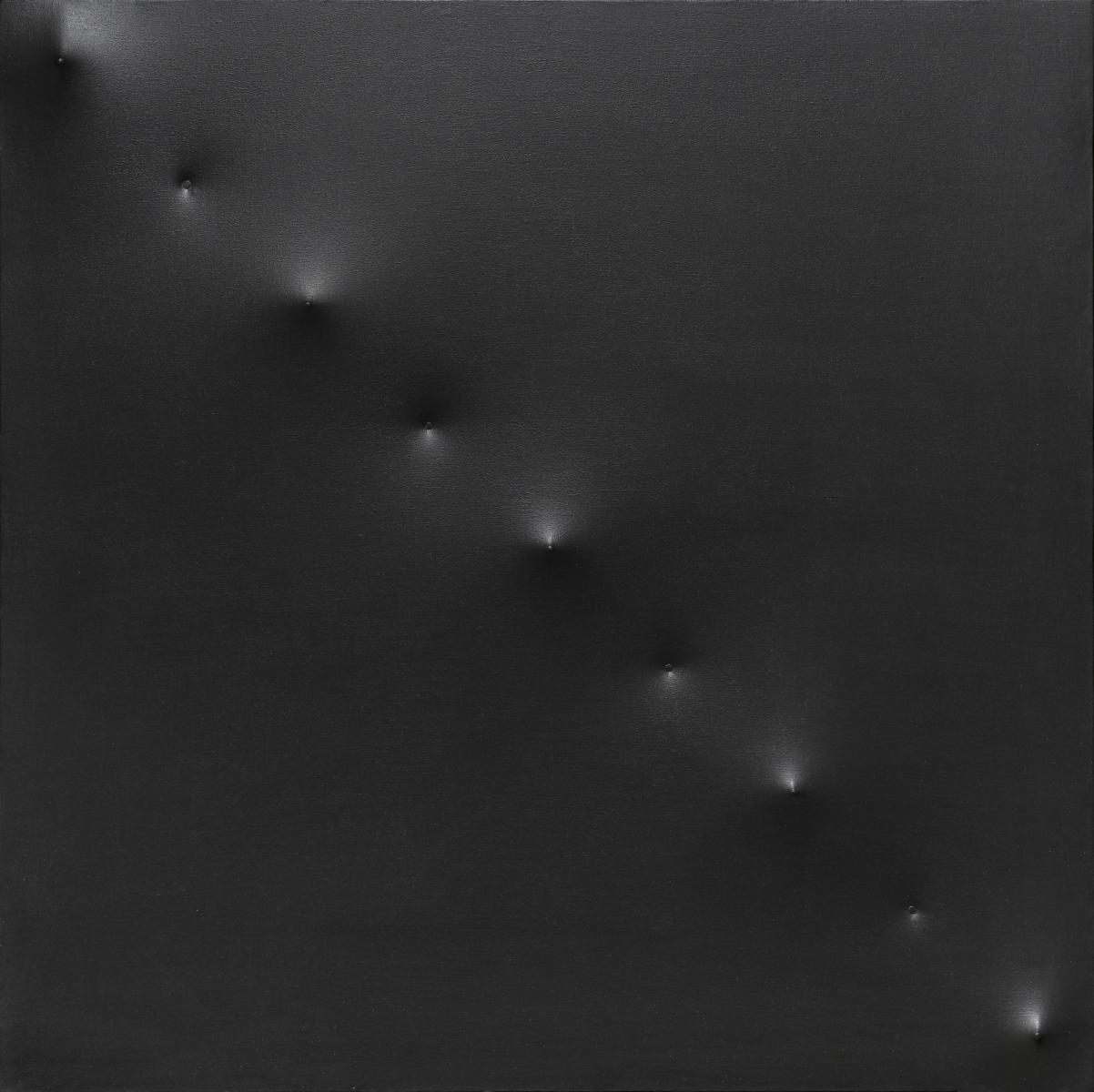ML FINE ART specialises in Italian post-war art with a special focus on the most important abstract and conceptual artists. The gallery was founded in 2007 in Milan. Since then it has promoted artists like Lucio Fontana, Enrico Castellani, Tancredi, Piero Manzoni, Leoncillo, Alberto Burri, Giuseppe Capogrossi, Alighiero Boetti and Giorgio Morandi, by means of international fairs and exhibitions. While the gallery’s principal focus is modern and contemporary art, Matteo Lampertico also deals in Old Masters, his earliest speciality. The programme focuses on Italian artists of the post-war period and their dialogue with the international avant-garde. Each exhibition is accompanied by a catalogue featuring original research by Italian and international scholars. In recent years, Laura Cherubini and Hans Ulrich Obrist have discussed Carla Accardi, Serge Lemoine has written about Franco Grignani, Jürgen Pech on Max Ernst, and Andrea Bacchi on Fontana, Leoncillo and Melotti. Some of its most remarkable exhibitions are: 4 Americans, 2007 - Boetti Dadamaino. Immagine somiglianza, 2008 – Abstraction creation, 2010 – Tancredi. Natura e spazio, 2011 – Tancredi. The 1960s, 2013 – Vincenzo Agnetti, 2014 – Castellani. Works on paper, 2014 – Homage to the square, 2015 – Gianni Asdrubali. Assolo, 2016 – Franco Grignani, 2017 – Aldo Mondino. Linoleum, 2019 - Max Ernst: An Invitation to look, 2019 - Carla Accardi: Sicofoil, 2020 - Ritorno al Barocco: Fontana, Leoncillo, Melotti, 2021. In addition to the exhibition calendar, the gallery also takes part in international art fairs such as TEFAF, Miart, and the Florence International Biennial Antiques Fair, among others.

CATALOGHI E SCHEDE